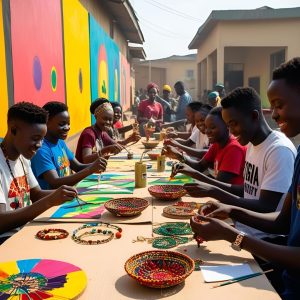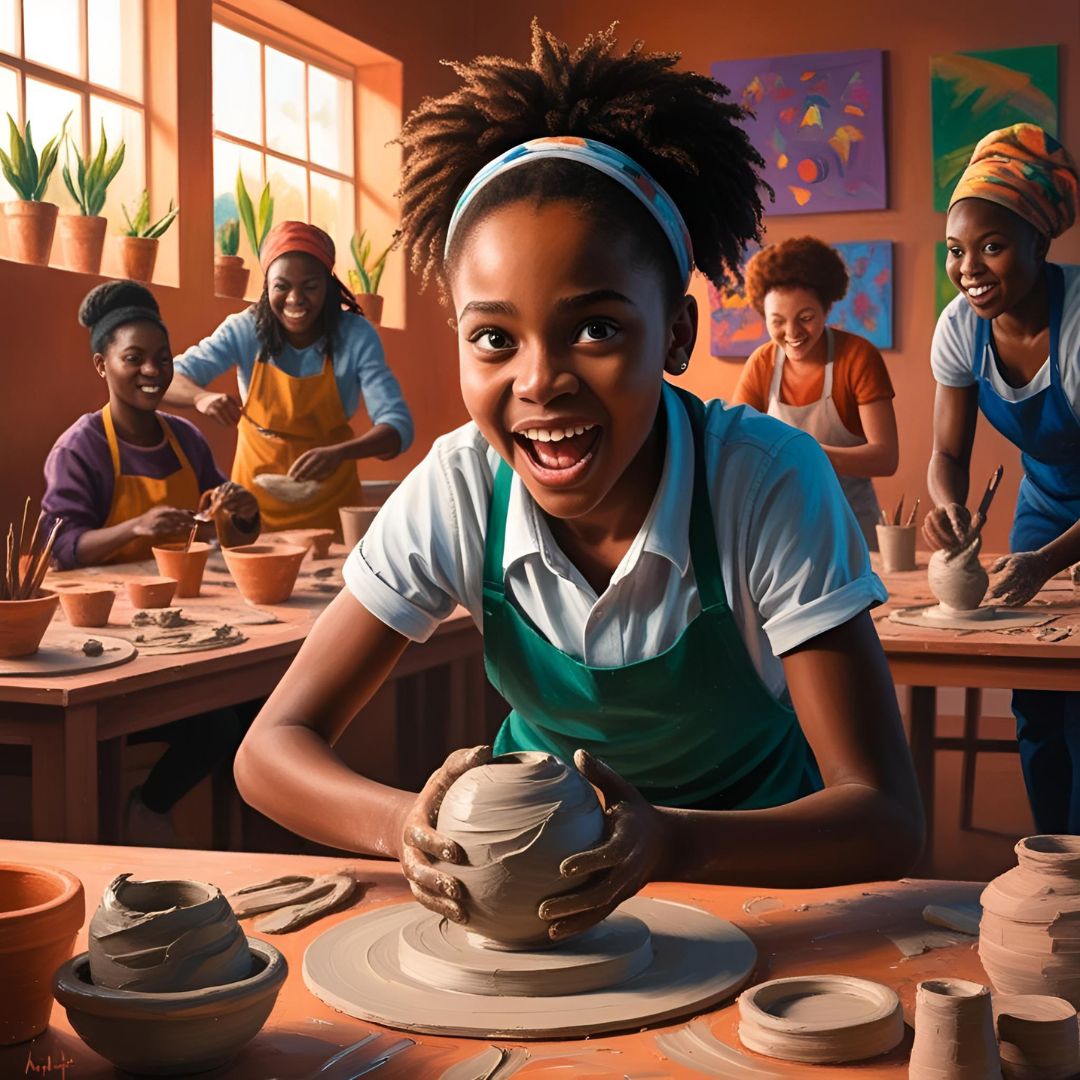With the stresses and anxieties of everyday life, we want tools important to maintaining our mental health and wellness. Traditional pathways for navigating mental health, including therapy and medication, are important; however, we have a tool we can use right under our noses: creative expression. Creative expression can be done in many forms, such as painting, writing, dancing, cooking, etc. Creative outlets not only give us a chance to release our emotions but also can help relieve stress, build resiliency, and give us an opportunity that allows for emotional expression. At SHP Initiative, we believe we have to take a holistic view of mental health. Let’s see how we can use creativity to help better find emotional balance.
“You can’t use up creativity. The more you use, the more you have.” – Maya Angelou
What Is Creative Expression?
Creative expression is simply any method of transferring feeling, thoughts, or experiences into a concrete form. It’s not about creating a “masterpiece,” it is about the process alone. Here are a few examples:
- Visual arts (drawing, painting, photography)
- Writing (journaling, writing poetry, writing stories)
- Movement (dance, yoga, theater)
- Crafts (knitting, pottery, DIY projects)
- Music (playing an instrument, singing, composing)
The Science-Backed Benefits of Creativity
- Decrease in Stress: Making art is shown to lower cortisol, the body’s stress hormone, and can be enjoyable.
- Expression of Emotion: Things like journaling or painting can help get through layered feelings, decrease anxiety and depression.
- Increase Self-Esteem: Completing a creative project can be fulfilling and give a sense of accomplishment.
- Improve Cognitive Function: Initiating a creative process can stimulate problem-solving skills and increase brain plasticity.
- Building Community: Activities can bring people together; for example, community art classes, or joining a choir can help combat loneliness and form a supporting community.
How to Embrace Creativity (No Talent Required)
- Take a bite-sized approach: Start with 10 minutes of daily doodling, free form writing, or humming a short song.
- Use everyday items in new ways: Old magazines can be great for collaging, upcycling a jar into a planter, and writing lyrics in your phone notes is a great way to collect ideas.
- Think about the process, not the product: Kill perfectionism—just scribble, write sloppy first drafts, and dance like no one’s watching.
- Connect with community: Sign up for a local event or workshop, join an online challenge, or attend a virtual open-mic event (or both!) to keep you inspired and accountable.
Overcoming Common Barriers
- “I’m Not Creative”: Creativity is like a muscle everyone has. It is important to start small by finding something simple to start with, such as coloring books or changing up a recipe.
- Time: Find ways to fit creativity in your routine (i.e. doodling during lunch, journaling before sleep).
- Self-judgment: Remind yourself, this is for you, not for anybody else’s applause.

A 7-Day Creativity Challenge
- Day 1: Write a haiku about your morning.
- Day 2: Curate a playlist that mirrors how you are feeling in the moment.
- Day 3: Cook a dish that utilizes a new ingredient.
- Day 4: Draw something from your room.
- Day 5: Dance to your favorite song; get creative, there are no right or wrong ways!
- Day 6: Make a gratitude list with magazine clippings.
- Day 7: Share your experience with a friend or online community.
Conclusion
Creative expression is not only for those labeled “artists”; it’s a place of healing and transformation for anyone. One way to make room for creativity is to give yourself permission to play, explore, heal, and deepen your relationship with self. At SHP Initiative, we value the wildness and messiness of creation and want you to lean in to see how powerful creation can be for your mental health.

Iyeemi
May 11, 2025Such a good read, thanks for sharing